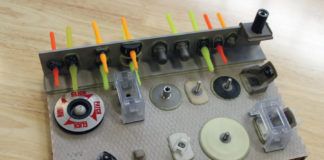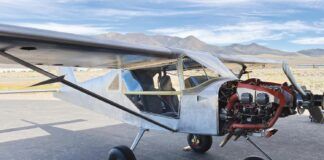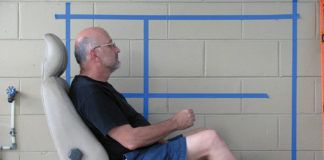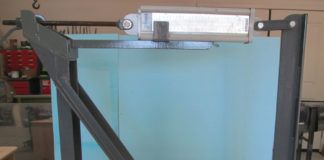Long Live Long-EZs!
I really liked the article on the Rutan Aircraft Flying Experience [September 2018] and the idea of keeping canards alive. Let me tell you a little story.
Back in 1980, I decided to attend A&P school at East Coast Aero Tech in Massachusetts. Prior to graduation, we had just finished a Piper overhaul/rebuild, and it was making its maiden flight. The entire class of 50+ guys (sorry, no girls) were anxiously awaiting the first takeoff when a Long-EZ took off down the runway, climbed out at a very high angle of attack, and zoomed over our heads. After that, the little Piper PA-28 didn’t even seem interesting.
I completed school, moved to Dallas, worked for American as an AMT, supervisor, and manager for 25 years and am happily retired. But you know what I remember most? It was that darn takeoff and climb of that Long-EZ! If you want performance, canard is the way to go.
—Tom Vroom
Bad Building Practices
I just received the December 2018 issue and got a kick out of Vic Syracuse’s article, “Bad Building Practices,” since it addressed a question I had regarding control sticks hitting the panel. (I cut them again and they clear now…thanks.)
More importantly, I caught the photo and discussion of tie wrapping to stainless steel sleeved hoses. I can’t remember if I did that, so I am returning to the hangar tomorrow to check. My first reaction was, “Who knew?”
Actually, after I tied up a bunch of lines in the engine compartment, I thought about it, went back, and tie wrapped them away from any other line or cable by using two tie wraps, similar to what is done with ignition wires, squeezing the loop so no contact is made.
I am still going to inspect again after seeing that photo. It’s so easy to assume that the “strong” stainless steel hose is the perfect item to secure a few electrical cables to. TS Flightlines (truly excellent outfit) sold me a bunch of those hoses, and I bet that I tied some wires back to my many brake lines inside the cockpit and never thought a thing of it. Hmm…
—John Putnam
DROs and VFDs
Regarding Bob Hadley’s article about DROs and VFDs [July 2018], I would like to add one caution. Most 3-phase motors have internal fans on one end of the shaft for cooling. When you run one of those motors off a VFD at low frequencies/speeds, the fan does not turn fast enough to cool as it should. Also, the motors are less efficient at lower frequencies, so they run hotter at lower speeds. So if you run at low speeds for long periods, the motor is likely to overheat. Fortunately there is a not-too-terrible fix, and that is to add an external “boxer” fan and power it from the input side of the line so that it runs at full speed regardless of the speed of the controlled motor.
—Dan Vance
Bob Hadley responds: I agree with Dan. Under the circumstances he described, a fan would be a good idea. If, in normal day-to-day use, you notice the motor is getting too hot to touch, consider adding a fan. Of the three machines I have equipped with a VFD, only my wood lathe, which I often run for hours at a time, gets close to being too hot to touch, and it has the factory “inverter-duty” motor. On the mill and metal lathe, they barely get warm.
Write to [email protected].










